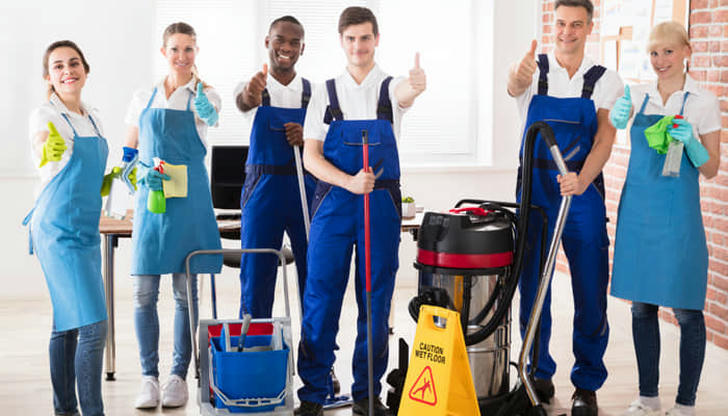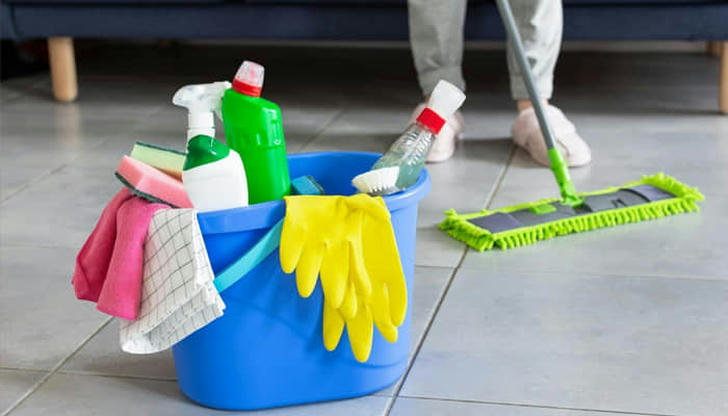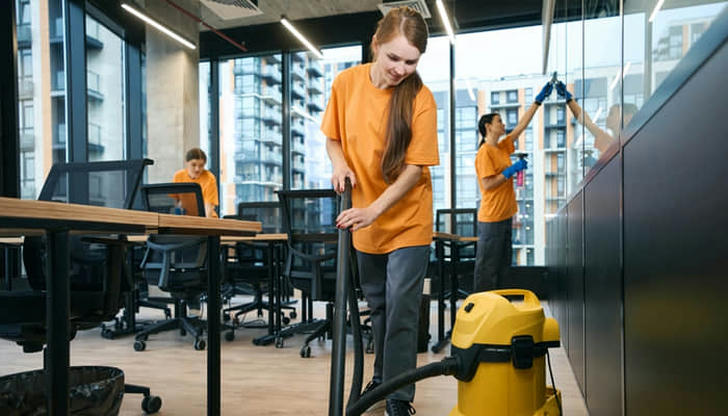The Unsung Heroes: Cleaning Workers in American Homes and Offices
In the backdrop of bustling cities and serene suburban neighborhoods, there exists a workforce that is often overlooked yet indispensable to the fabric of daily life—cleaning workers. Whether it's in the privacy of homes or the public spaces of offices, these individuals play a critical role in maintaining health, safety, and comfort.

The Scope of Cleaning Work
The cleaning industry in America is vast, employing millions of people across different sectors. According to data from the Bureau of Labor Statistics (BLS), as of 2023:
- Over 2.4 million people were employed as building cleaners, maids, and housekeeping staff.
- Employment numbers are expected to grow due to urban expansion and stricter environmental standards.
Home Cleaners: Guardians of Privacy and Comfort
Home cleaners operate in an intimate setting, where trust and discretion are paramount. Key responsibilities include:
- Routine vacuuming and dusting
- Deep cleaning tasks (e.g., carpet shampooing, window washing)
A survey by the American Cleaning Institute found that 86% of homeowners believe a clean home significantly contributes to their overall well-being.
Office Janitors: Ensuring Productivity and Health
Office janitors have a dual responsibility:
- Maintaining workplace appearance
- Ensuring a healthy environment
Post-pandemic research highlights:
- Cleaner environments reduce absenteeism by up to 50%
- Critical tasks include sanitizing high-touch surfaces and managing waste disposal

Challenges Faced by Cleaning Workers
Despite their crucial roles, cleaning workers face systemic challenges.
Low Pay and Lack of Benefits
- Median hourly wage: $13.19 (BLS, 2023)
- Many lack health insurance or paid time off
- Unionized workers often enjoy better wages and protections
Occupational Hazards
- Physical risks: Musculoskeletal disorders from repetitive motions
- Chemical exposure: Indoor air pollution levels are 2–5× higher than outdoor levels (EPA)
- Mitigation requires better ventilation and safer products
The Value of Cleaning Work
Economic Contributions
- The industry contributes billions annually to the U.S. economy
- Drives demand for cleaning supplies and green technologies
Social Impact
- Clean environments foster social cohesion and community pride
- Vital during crises (e.g., pandemics, natural disasters)

Looking Towards the Future
Technological Advancements
- Innovations like robotic vacuums assist but cannot replace human expertise
- Training programs should focus on eco-friendly products and efficient techniques
Advocacy and Recognition
- Growing movements push for policy reforms and awareness campaigns
Conclusion
Cleaning workers are the backbone of healthier communities and thriving economies. Their labor deserves recognition, fair wages, and safe working conditions. Next time you enter a spotless room, remember: It’s not magic—it’s diligent effort.
